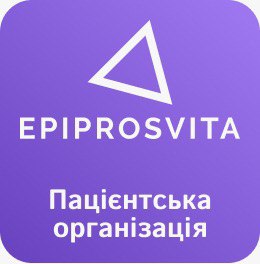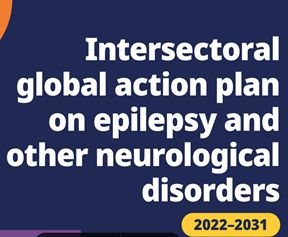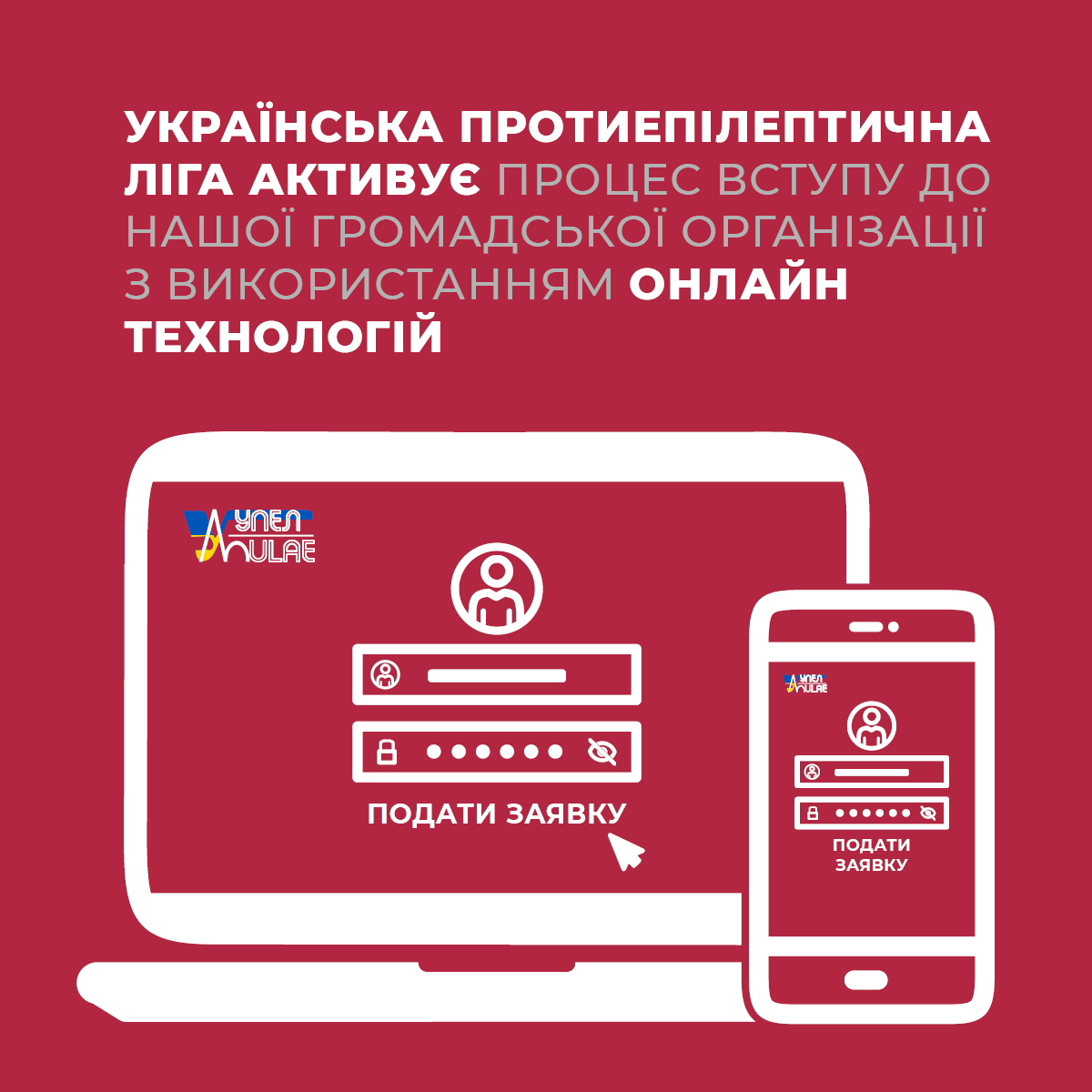Editor's Choice Seizure 2019, Vol 65, Editor’s Choice: Attitudes towards epilepsy in the UK population: results from a 2018 national survey
For those experiencing recurrent unprovoked epileptic seizures, epilepsy is much more than the sum of ictal events. Indeed, the 2005 ILAE definition clarifies that epilepsy is characterized by “an enduring predisposition [of the brain] to generate epileptic seizures, and by the neurobiologic, cognitive, psychological, and social consequences of this condition” (1). The revised ILAE definition of epilepsy of 2014 talks of epilepsy as a “disease” rather than a “disorder” specifically to underline that, in contrast to individual seizures, epilepsy involves “a more lasting derangement of normal function” (2). In fact, for many of those affected by epilepsy, the challenges of the interictal state – i.e. those related to the consequences of epileptic seizures – are more distressing than those directly related to the seizures themselves. This means that a comprehensive understanding of the disability related to epilepsy must not only take account of seizure manifestations and injuries but also of the physical and emotional consequences of seizures for the person with epilepsy. However, this understanding is still not complete: as identified in the 2005 definition, epilepsy is a social disease. As such, it may not only be disabling because of perceptions of epilepsy help by individuals experiencing epileptic seizures, but also by those around them and society at large.
My editor’s choice from the current issue of Seizure, an analysis of responses from 3,875 members of the United Kingdom (UK) public to a survey based on the Attitudes and Beliefs about Living with Epilepsy (ABLE) scale by Holmes et al., explores to what extend this interictal disability could be related to unhelpful societal perceptions of epilepsy rather than seizures themselves or any attributes of those affected by it (3). Although this study reflects attitudes in the UK, the findings include a number of lessons which are likely to be relevant in other countries.
The headline findings are encouraging: On the whole, the UK public has a relatively positive attitude towards epilepsy. Frankly negative views were only held by one per hundred respondents. This might suggest that stigma is more often perceived by people with epilepsy than explained by the views of the public. However, there were also some more troubling findings. For instance, there was an inverse relationship between self-reported knowledge about epilepsy and evidence of such knowledge. This means that it might be difficult to reach those with the greatest need to learn more about epilepsy because they already feel well informed about this disease. Educational efforts are also complicated by the fact that higher levels of knowledge about epilepsy were associated with greater risk and safety concerns, and that these, in turn, were associated with the highest level of stigma. This suggests that educators have to be very circumspect about improving attitudes towards epilepsy without inadvertently increasing anxiety about seizure-related risks and increasing stigma overall.
(1) Fisher RS, van Emde Boas W, Blume W, et al. Epileptic seizures and epilepsy: definitions proposed by the International League Against Epilepsy (ILAE) and the International Bureau for Epilepsy (IBE). Epilepsia 2005;46:470–472.
(2) Fisher RS, Acevedo C, Arzimanoglou A, et al. A practical clinical definition of epilepsy. Epilepsia 2014; 55:475–482.
(3) Holmes E, Bourke S, Plumpton C. Attitudes towards epilepsy in the UK population: results from a 2018 national survey. Seizure 2019; 65:12-19
Seizure 2019, том 65, Вибір редактора: "Ставлення до епілепсії у населення Великобританії: результати національного опитування 2018 року”
Для тих, хто має періодичні неспровоковані епілептичні напади, епілепсія – це набагато більше, ніж сума іктальних подій. Дійсно, визначення ILAE 2005 року уточнює, що епілепсія характеризується "стійкою схильністю [головного мозку] до виникнення епілептичних нападів, а також нейробіологічними, когнітивними, психологічними і соціальними наслідками цього стану" (1). Переглянуте визначення епілепсії ILAE 2014 року говорить про епілепсію як про «хворобу», а не про «розлад», щоб спеціально підкреслити, що, епілепсія включає в себе "більш тривале порушення нормальної функції", а не тільки іктальні події (2). Так, для багатьох з тих, хто страждає на епілепсію, проблеми інтеріктального стану – тобто ті, які пов'язані з наслідками епілептичних нападів – є більш тривожними, ніж ті, які безпосередньо пов'язані з самими нападами. Це означає, що всебічне розуміння обмежень (інвалідізації), пов'язаної з епілепсією, повинно враховувати не тільки прояви нападів і можливу травматизацію, але й фізичні та емоційні наслідки нападів для осіб з епілепсією. Однак це розуміння ще не є повним: як зазначено у визначенні 2005 року, епілепсія – це соціальне захворювання. Як таке, воно не має обмежуватися сприйняттям допомоги особами, які мають епілептичні напади, а й стосуватися тих, хто їх оточує і суспільства в цілому.
Мій вибір редактора з поточного випуску «Seizure» це стаття де наведено аналіз відповідей від 3875 членів громад Сполученого Королівства Великобританія на опитування, засноване на шкалі Attitudes and Beliefs about Living with Epilepsy (ABLE) (Ставлення і думка про життя з епілепсією) розроблену Холмс з співавторами, досліджує, якою мірою ця інтеріктальна обмеженість (інвалідізація) може бути пов'язана з помилковими соціальними уявленнями про епілепсію, а не з самими нападами або будь-якими іншими проявами. (3).
Результати дослідження обнадіюють: загалом, громадськість Великобританії має відносно позитивне ставлення до епілепсії. Відверто негативні думки були тільки у одного зі ста респондентів. Це може свідчити про те, що стигма частіше сприймається людьми з епілепсією, чим пояснюється поглядами громадськості. Однак були і більш тривожні висновки. Наприклад, існує зворотній зв'язок між знаннями про епілепсію, набутими самостійно і доказовою базою таких знань. Це означає, що може бути важко досягти тих, хто найбільше потребує покращення їх інформованості про епілепсію, тому що вони вже почувають себе добре поінформованими про цю хворобу. Зусилля в галузі освіти також ускладнюються тим фактом, що найкращий рівень знань про епілепсію був пов'язаний з значним підвищенням ризиків і проблемами безпеки, і це, в свою чергу, було пов'язано з підвищенням рівню стигматизації. Це передбачає, що при проведенні психоосвітньої роботи треба бути дуже обережними - поліпшення ставлення до епілепсії, не повинно приводити до зростання занепокоєння з приводу ризиків, пов'язаних із нападами, та підвищення загальної стигми.
References:
- Fisher RS, van Emde Boas W, Blume W, et al. Epileptic seizures and epilepsy: definitions proposed by the International League Against Epilepsy (ILAE) and the International Bureau for Epilepsy (IBE). Epilepsia 2005;46:470–472.
- Fisher RS, Acevedo C, Arzimanoglou A, et al. A practical clinical definition of epilepsy. Epilepsia 2014; 55:475–482.
- Holmes E, Bourke S, Plumpton C. Attitudes towards epilepsy in the UK population: results from a 2018 national survey. Seizure 2019, please add bibliographic details.
Переклад Анна Войтюк
https://doi.org/10.1016/j.seizure.2018.12.012
Seizure 2018, Vol 64, Editor’s Choice: “Sudden Unexplained Death in Epilepsy: The Neuro-Cardio-Respiratory Connection”
Many still think of epilepsy as a disorder characterised by abnormal discharges in cortical neurons. Despite steadily accumulating evidence, the involvement of subcortical and brain stem structures in ictal physiological changes (and their interictal consequences) is still not widely appreciated. In the cortical interpretation of epilepsy, the autonomic nervous system is a phylogenetically ancient feature of the brain, which largely operates on “autopilot” and is quite separate from the parts and networks of the brain that are of interest to epileptologists. However, this understanding of epilepsy cannot really be upheld. For instance, recent studies have shown ictal effects on serotonergic pathways in the brainstem closely involved in respiratory control (1). Recurrent seizures may lead to persistent changes of interictal functioning of the ascending reticular activating system in the brainstem (2).
My Editor’s Choice selection from the current issue of Seizure, a narrative review by T. A. Manolis et al., demonstrates that the involvement of the autonomic nervous system in epileptic seizures is not just of interest to neuroanatomists or physiologists (3). The close links between ictal cortical discharges and brain networks involved in the control of heart rate, blood pressure and breathing are likely to be highly relevant in the aetiology of Sudden Unexpected Death in Epilepsy (SUDEP). For some time SUDEP has been acknowledged as the commonest cause of death in younger adults with epilepsy (4). Recent evidence demonstrating the absence of any post-mortem signs of drowning in many individuals with epilepsy who died in the bath, suggests that SUDEP may be an even commoner cause of death than once thought (5). The comprehensive overview of the seizure-related changes in the brain which affect the functioning of the autonomic nervous system should help to correct the “corticocentric” view of epilepsy and demonstrates that a wider understanding of this disorder will be needed if we want to stop more people from dying in the context of epileptic seizures in the future.
- Zhan Q, Buchanan GF, Motelow JE, Andrews J, Vitkovskiy P, Chen WC, Serout F, Gummadavelli A, Kundishora A, Furman M, Li W, Bo X, Richerson GB, Blumenfeld H. Impaired Serotonergic Brainstem Function During and After Seizures. J Neurosci 2016;36:2711–2722.
- Englot DJ, Gonzalez HFJ, Reynolds BB, Konrad, Jacobs ML, Gore JC, Landman BA, Morgan VL. Relating structural and functional brainstem connectivity to disease measures in epilepsy. Neurology 2018; 91: 2018 Jul 3;91(1):e67-e77.
- Manolis TA, Manolis AA, Melita H, Manolis AS. Sudden Unexpected Death in Epilepsy: The Neuro-Cardio-Respiratory Connection. Seizure 2019 – PLEASE ADD BIBLIOGRAPHIC DETAILS
- Devinsky O, Hesdorffer DC, Thurman DJ, Lhatoo S, Richerson G. Sudden unexpected death in epilepsy: epidemiology, mechanisms, and prevention. Lancet Neurol 2016;15:1075-88.
- Cihan E, Hesdorffer DC, Brandsoy M, Li L, Fowler DR, Graham JK, Donner EJ, Devinsky O, Friedman D. Dead in the water: Epilepsy-related drowning or sudden unexpected death in epilepsy? Epilepsia 2018;59:1966-72.
Seizure 2018, Том 64, Вибір редактора: "Раптова Непередбачувана Смерть при Епілепсії: Нейро-кардіо-респіраторне З'єднання”
Багато хто все ще вважає, що епілепсія – це розлад, який характеризується аномальними розрядами в кортикальних нейронах. Незважаючи на постійне накопичення доказів, участь субкортикальних і стовбурових структур головного мозку в іктальних фізіологічних змінах (та їх інтеріктальні наслідкі) досі не отримала широкого визнання. У кортикальній інтерпретації епілепсії вегетативна нервова система є філогенетично більш давньою системою головного мозку, яка значною мірою працює на "автоматично" і абсолютно відокремлена від часток і мереж мозку, які представляють інтерес для епілептологів. Проте, таке розуміння епілепсії не може бути підтверджено. Наприклад, нещодавні дослідження показали іктальний вплив на серотонінергічні шляхи в стовбурі головного мозку, безпосередньо залученому до контролю дихання (1). Напади, що повторюються, можуть призвести до стійких змін інтеріктального функціонування висхідної ретикулярної активаційної системи в стовбурі мозку (2).
Мій редакційний вибір із поточного випуску «Seizeres», а саме описового огляду Т. A. Manolis et al., демонструє, що залучення вегетативної нервової системи в епілептичних нападах представляє інтерес не тільки для нейроанатомів або фізіологів (3). Тісний зв'язок між розрядами кори головного мозку та мережами головного мозку, які беруть участь у контролі серцевого ритму, артеріального тиску та дихання, можуть бути дуже актуальними в етіології раптової непередбачуваної смерті при епілепсії (SUDEP). Протягом деякого часу SUDEP був визнаний найпоширенішою причиною смерті серед молодих людей з епілепсією (4). Нещодавні докази, які демонструють відсутність будь-яких посмертних ознак утоплення у багатьох людей з епілепсією, померлих у ванні, свідчать про те, що SUDEP може бути навіть більш поширеною причиною смерті, ніж колись вважали (5). Всебічний огляд змін у мозку, пов'язаних з нападами, які впливають на функціонування вегетативної нервової системи, повинен допомогти виправити «кортикоцентрический» погляд на епілепсію і продемонструвати, що більш широке розуміння цього розладу буде необхідно, якщо ми хочемо зменшити кількість людей від смерті в контексті епілептичних нападів у майбутньому.
Переклад Анна Войтюк
https://doi.org/10.1016/j.seizure.2018.12.007





